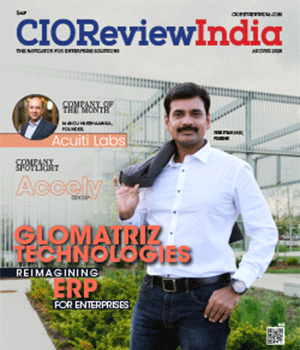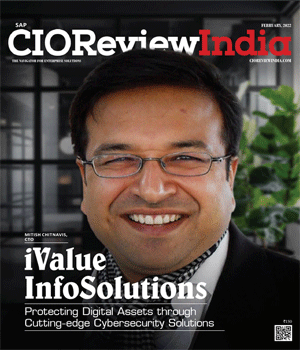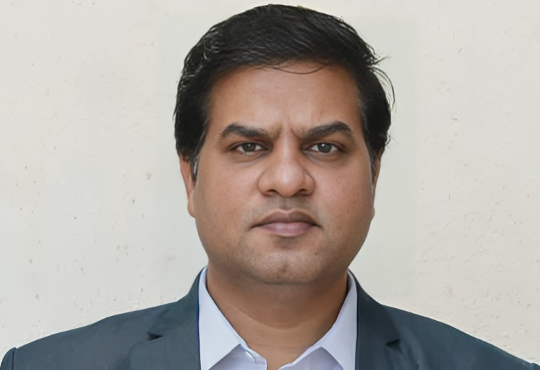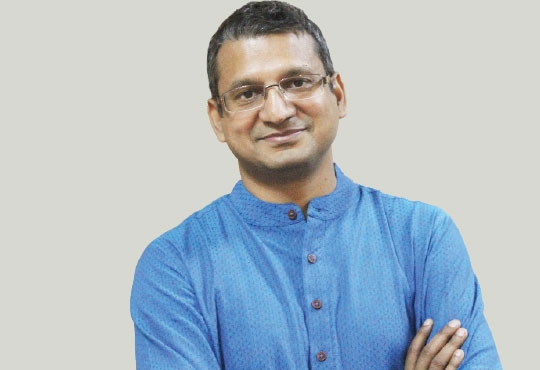
CONNECTING THE IoT DOTS!
Guru Ganesan, Managing Director, ARM - India Operations | Tuesday, 10 May 2016, 11:57 IST
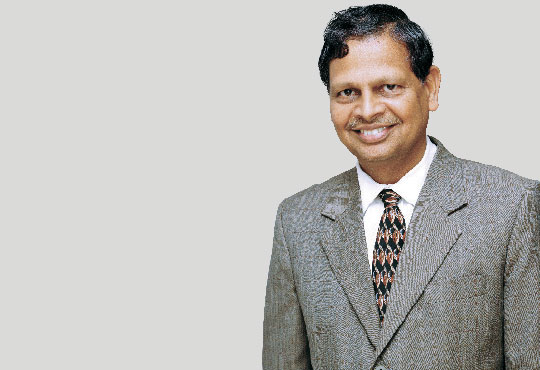 ARM (LSE: ARM.L) is a provider of Semiconductor Intellectual Property (IP) and is at the heart of the development of digital electronic products. Headquartered in Cambridge, UK, the company has a current market cap of $13.78 Billion.
ARM (LSE: ARM.L) is a provider of Semiconductor Intellectual Property (IP) and is at the heart of the development of digital electronic products. Headquartered in Cambridge, UK, the company has a current market cap of $13.78 Billion.
Technology and Innovation drives economic growth today. Gartner predicts that Apps, Personal Cloud and Data Analytics will drive new consumer interactions in 2014. Alongside we see reports that state that worldwide IT spending will grow 5 percent year-over-year to $2.1 trillion in 2014. Sales of smartphones and tablets will continue to rise - while money spent on servers, software and services will be greater and more effective than in 2013.
Emerging markets are expected to return to double-digit growth, driving nearly $740 billion or 35 percent of worldwide IT revenues, according to reports garnering over 50 percent of worldwide growth in IT spending.
Sales of media tablets on the other hand should grow at 20 percent and smartphones by 12 percent. According to IDC, cloud spending, including cloud services and the technology to enable these services, will rise by 25 percent in 2014 - reaching over a whopping $100 billion.
According to Metcalfe’s law, the value of a telecommunications network is proportional to the square of the number of connected users of the system (n2). That is, the number of connections, which is the real value of the network, grows with the square of the number of nodes. In simple terms, more the volume of connected devices, more the merrier. We had witnessed the success of this rule with Internet, social networks, and stand witness to the same phenomenon in the Internet of Things (IoT).
IoT has a play in mobile banking, personal health monitoring, smart home managing including home security to smarter meter/grid, smart cars and others. The IoT will mean different things to different people, and that is how it should be.
Wearing Your Technology on Your Sleeve
Wearable technology is going to play a key role in taking IoT to the consumers. For consumers, IoT is about personal use, convenience and health also known as ‘the quantified self’, a movement to incorporate technology into data acquisition on aspects of a person’s daily life in terms of inputs. Self-monitoring and self-sensing, which combines wearable sensors (EEG, ECG, video) and wearable computing as exemplified by the Nike fuel band, Google Glass, Pebble Watches and others.
Wearable technology certainly has the potential to introduce consumers to some of the benefits and exciting possibilities of the IoT. The future of the IoT will be realized when all of today’s devices, and devices not even conceived of today, are connected and sharing trusted data. Wearables will also disrupt app development. While fitness apps started the trend, it is set to branch out to cover other life and social functions.
In 2014, IDC believes that we’ll see big investments to scale up cloud services, mobile internet, big data capabilities, and efforts to attract the independent developers who will create the solutions driving the next two decades of IT spending. Therefore, collaborative development and innovation will be a paramount ingredient for driving successful business strategies.
Innovating and Beyond
There are 3 key elements that drive innovation: standards, solution space analysis, and security. To unlock the true potential of IoT, common standards would be needed to enable interoperability. OEMs and silicon partners, developers and vendors will need to standardize on the same set of protocols to ensure a conflict free environment. Apart from standards, the next key element is providing an ecosystem for players to co-exist. It includes providing necessary resources for developers to explore and innovate in the huge solution space known as the IoT. The third key element is security. Security and privacy have always been crucial elements for consumers to feel safe and secure.
We need a unified approach to deal with the multitude of converging technologies and needed tools for IoT to reach its full potential. We are about to see the next generation of innovation which will revolve around sensors and IoT.
One major challenge not being discussed much is that mass production of IoT enabled devices from various OEMs, vendors and geographies requires a common standardization to be followed as a thumb rule.
IoT will require more layers of standardization to enable applications to share data in a trusted way with only those services you have authorized. The important thing is, that like today’s seven-layer ISO model, the user will not know, or even care, that it is there. It is the responsibility of the technology industry to make the Internet scale up to enable 100 billion devices to be connected. More work still needs to be done to make this sharing as easy and as seamless as using the Internet is today. Therefore, the crux of the Internet of Things is how to join all these devices together in a network with the trusted sharing of that little data to enable big data services. And ARM is helping its partners to rethink what is possible and drive a new wave of personal technology.
Driving Innovation & Beyond in India
ARM’s business model is based on licensing the core technology to different partners, allowing them to differentiate and add value. Multiple suppliers for each form factor ensure competition; competition spurs innovation and differentiation, which exemplifies the fact that diversity is what the Internet of Things is all about. Besides the ability to address different markets, to explore new ones, and the ability to scale from small to large, the ecosystem for the IoT will have to be more diverse than we have for the mobile Internet today. Enabling ecosystems that drive innovation is a critical part of what ARM does with its partnership based business model.
By 2018, MCUs, Smartcards, IoT, Wearables & Embedded Connectivity will reach 20 billion ARM chips which are about 40-50 percent of the market share. Many of these chips are in products that, in the future, will become part of the IoT.
CIO Viewpoint
The Challenge: Leveraging Existing Technologies
By Alvina Antar, CIO, Zuora
Business and Data Analytics to Achieve...
By Todd Simpson, CIO, FDA
Real World Experiences and Lessons Learned With...
By David Whittle, CIO, Bokanyi Consulting
CXO Insights
Prasa: A Pioneer in Offering Precise Solutions...
By Jay Burse, Chief Vision Officer
SAP, the Digital Future Navigating Business...


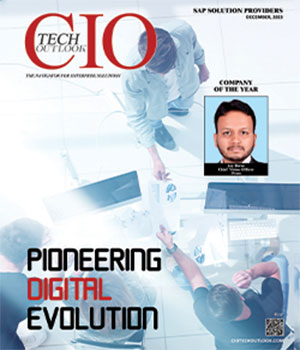
.jpg)
.jpg)
